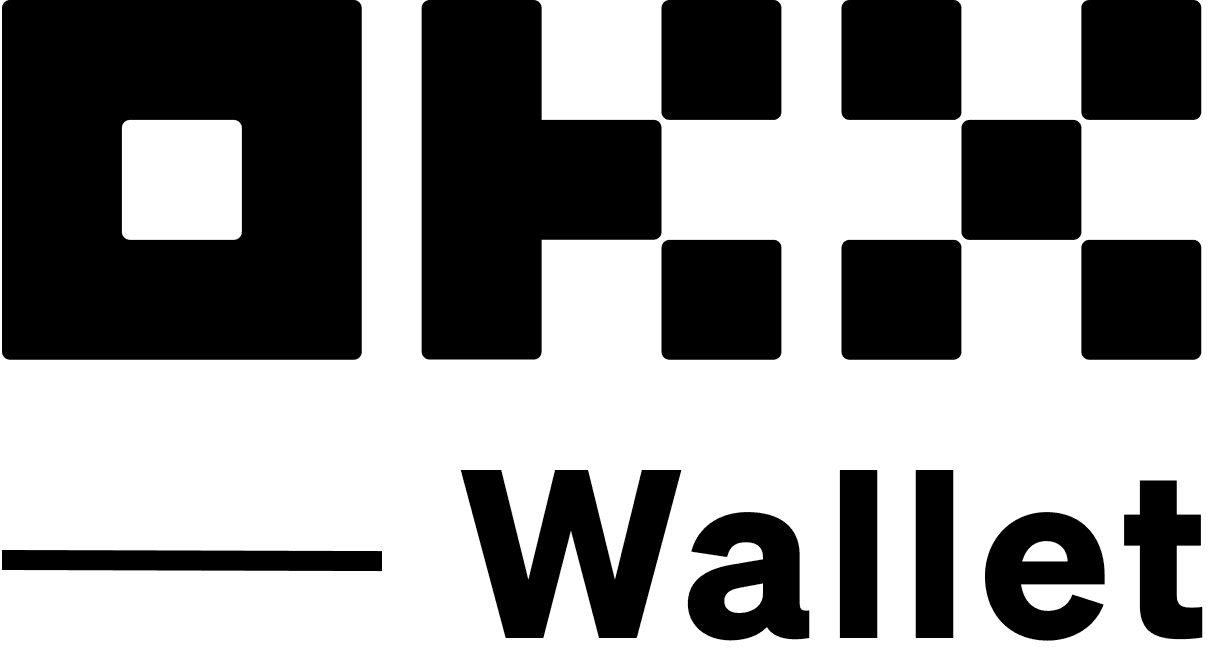Cross-chain bridges are all the rage now. Seriously? Yeah, they make it possible to move assets between different blockchain networks. But here’s the thing: not every wallet plays nice with these bridges or the whole decentralized finance (DeFi) ecosystem. So, if you’re a trader juggling multiple chains and hunting for yield, your wallet isn’t just a storage spot—it’s your command center.
When I first dipped my toes into cross-chain stuff, it was kind of overwhelming. I mean, jumping from Ethereum to Binance Smart Chain to, say, Polygon felt like juggling flaming swords. There’s so many moving parts and risks, like bridges sometimes get hacked or delayed. My instinct said, “Better keep it simple,” but then I realized the gains on yield farming were too juicy to ignore. Actually, wait—let me rephrase that: It wasn’t just about gains, but managing risk across chains was the real puzzle.
Now, portfolio management in crypto isn’t like tracking stocks in a simple app. Nope. You need a wallet that integrates seamlessly with the exchanges you trade on and supports your cross-chain adventures. For example, if you’re hopping between OKX’s centralized exchange and decentralized protocols, you want your wallet to be the bridge—figuratively and literally.
Whoa! Here’s where the okx wallet comes into the picture. From my experience, it’s more than just a key holder—it’s like having a Swiss Army knife for crypto. It connects your assets on multiple chains and ties directly into OKX’s exchange ecosystem, which cuts down on those annoying withdrawal and deposit delays. But I digress…
Yield farming—it sounds like a dream, right? Stake some tokens, earn more tokens. Except, it’s not always straightforward. I remember getting burned by some protocol that promised high APYs but turned out to be a rug pull. So, yeah, yield farming requires a wallet that not only supports various tokens but also plays well with smart contracts across chains.

Juggling Cross-Chain Bridges and Portfolio Management
Okay, so check this out—cross-chain bridges are like those highway tolls on busy freeways; they let you get from one chain to another, but sometimes with hidden fees or traffic jams. Not every bridge is reliable, and actually, some have been exploited often enough to make you nervous. So, a wallet that understands these nuances and offers integrated bridge solutions is a game-changer.
Initially, I thought I could just use any popular wallet and piece together my portfolio. But that approach quickly fell apart when I tried managing assets across Ethereum, BSC, and Solana. The user experience was clunky, and tracking my yields was a nightmare. On one hand, decentralized wallets offer control, though actually managing multiple apps and extensions felt like herding cats.
That’s why a wallet like the okx wallet stands out. It integrates directly with the centralized OKX exchange, which means you’re not bouncing back and forth between separate platforms. This consolidation helps with real-time portfolio tracking, easier cross-chain swaps, and safer yield farming interactions. Still, I’m biased, but having everything in one place reduces mistakes and stress.
Yield farming strategies need monitoring and agility. The DeFi space shifts fast—protocols rise and fall overnight. So, having a wallet that alerts you to changes, or even lets you quickly move assets between farms across chains, is crucial. The okx wallet’s interface, from what I’ve tested, makes this far less painful than the average wallet.
Hmm… something felt off about the old wallets I used. They were either too complex for quick trades or too limited for multi-chain yield farming. The seamless integration of trading, bridging, and farming in a single wallet environment isn’t just convenience—it’s a strategic advantage.
Why Integration with Centralized Exchanges Still Matters
Here’s what bugs me about the crypto world sometimes—there’s this weird divide between centralized exchanges (CEXs) and decentralized finance (DeFi). But actually, they’re not enemies; they complement each other. If your wallet works with your trusted CEX, you get the speed and liquidity benefits, while still tapping into DeFi’s yield opportunities.
Take OKX, for example. Their wallet bridges that gap effectively. You can move from a centralized account to a DeFi protocol without the usual hassle of multiple transfers or waiting periods. This kind of integration is very very important for traders who want to stay nimble. I’m not 100% sure if every wallet can pull this off smoothly, but the okx wallet does a solid job.
Plus, from a security standpoint, using a wallet that syncs with your exchange account cuts down on human errors. Imagine juggling different wallets and addresses—yeah, it’s a recipe for lost funds or delays. The okx wallet’s model helps keep things tight.
Oh, and by the way, the user experience is surprisingly intuitive. Sometimes wallets forget that traders want to move fast and not get bogged down in endless confirmations or confusing UX. This wallet strikes a good balance between control and convenience.
Final Thoughts: Picking the Right Wallet for Your Crypto Journey
So, after all this rambling, what’s the takeaway? If you’re diving into cross-chain bridges and yield farming, don’t overlook your wallet choice. It’s more than a vault; it’s your operations center. The okx wallet offers a robust, integrated experience that makes managing portfolios and farming yields across chains way less stressful.
At the end of the day, no wallet is perfect. There are always trade-offs between security, convenience, and features. But if you want a wallet that plays well with both centralized and decentralized worlds, supports multi-chain bridging, and helps track your farming ventures, this one’s worth a look.
Anyway, I’m still exploring some of its deeper features and how it fits into my long-term strategy. But for now, having a wallet that understands the complexity of today’s crypto landscape feels like a breath of fresh air. And that’s no small thing in this wild west of digital assets.
